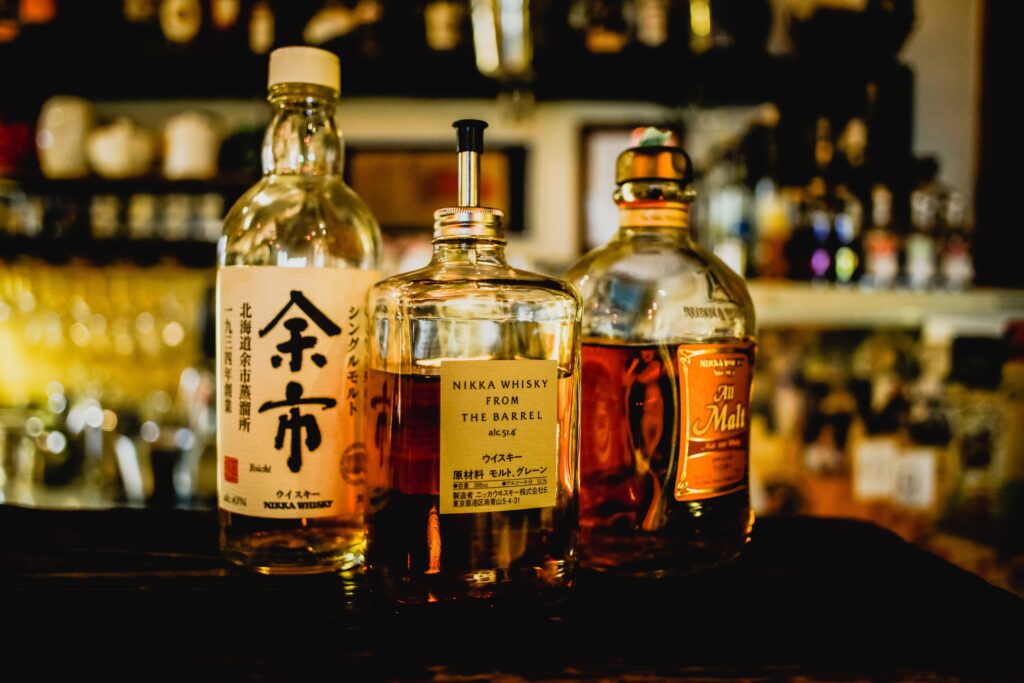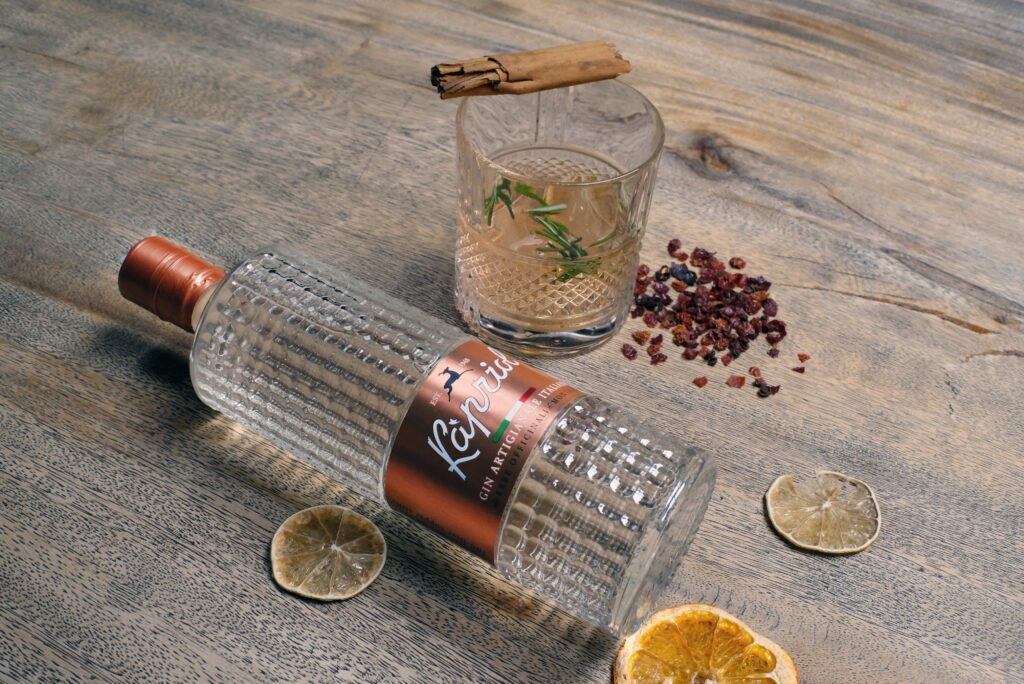
Not all aged Spirits are worth the hype — Here’s what to look for
Just because it’s older, doesn’t mean it’s better.
If you go to a whiskey bar, it’s almost guaranteed that you will hear someone talk about barrels. Unlike vodka or gin, whiskeys have to spend at least two years in wood casks before they’re bottled and released — and the people who make and love these spirits often have a lot to say about how those vessels impact what ultimately ends up in your glass.
Why, though, do whiskeys age in wood while gins and vodkas do not? What does aging do to a spirit, and how do distillers decide when and how to do it?
Cost and taste are two reasons why you don’t see a lot of barrel-aged vodkas and gins. It’s expensive to keep spirits in barrels in warehouses prior to release. Plus, aging spirits changes flavors in ways not everyone wants or expects from their vodka or gin.
Vodka is often prized for its unobtrusive or neutral-seeming flavor profile, and gin for its botanical notes. If you put either in a barrel for a few years, the wood will alter those characteristics, introducing toastier flavors and darkening the spirit’s hue. “Products such as vodka that pride themselves on purity have shied away from using barrels in the past due to the powerful effect [wood] can have”, explains Sienna Jevremov, head distiller and blender at Widow Jane, a whiskey distillery in Brooklyn, New York.

Why do we age spirits?
Ultimately, barrels mellow the alcoholic bite of a spirit (like whiskey) and introduce notes like caramel, vanilla, or peppery spice, depending on where the wood comes from and how it’s toasted or charred. Age also mellows a spirit’s alcoholic bite, and the wood absorbs unpleasant-tasting sulfides.
Evaporation also occurs as a spirit ages. A portion of the spirit, called the angel’s share, evaporates through the porous wood of the barrel and creates a silkier product within, explains Eboni Major, master blender and founder of Major in Whiskey. “The barrel is extracting and expanding throughout the seasons. In the winter it’s much tighter, and in the summertime, with all the moisture in the air, the barrel tends to expand. This changes the flavor of the liquid within it”.
Where a spirit ages also impacts its flavors. Barrels of whiskey are generally stacked in climate-controlled spaces called rickhouses, and distillers monitor the airflow, humidity, and temperature of their rickhouses to ensure optimal conditions. “A rickhouse with unrelenting heat and not enough humidity can suck a barrel dry, while one that stays constantly cool might lead to the whiskey taking on very little flavor from the wood”, says Jevremov.
Can vodka or gin be aged?
Another reason why vodka and gin are unaged is because they simply don’t have to be. The Alcohol and Tobacco Trade Bureau (TTB), the U.S. organization that governs spirits production, requires distillers to store straight bourbon whiskey or straight rye whiskey in new charred oak containers for two years or more before they bottle and release them. (Similarly, the Scotch Whiskey Association decrees that all Scotch must be at least three years old before it’s bottled.) The TTB has no such aging requirements for vodka or gin.

None of this has stopped enterprising vodka and gin distillers from experimenting with barrel-aging. Jevremov mentions Bluecoat Barrel-Finished Gin and Barr Hill Tom Cat Gin as “great examples” of what age can do to gin. Earlier this year, Polish distiller Chopin released a 30-year-old vodka. After it was aged in Polish oak and rested in stainless steel, “it developed flavors of fresh green apple, vanilla, subtle grapefruit, and finishes with hints of white pepper and coriander”, says Tad Dorda, Chopin’s founder and CEO. Each 700-ml bottle sells for $3,000.
Some might sniff at barrel-aging vodka as a marketing ploy, but Major applauds it. “I’m just glad those barrels are getting another use”, she says. “We’re making whiskey faster than we can grow trees, so any way we can make those materials more sustainable sounds good to me”.
